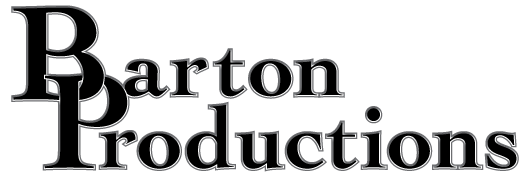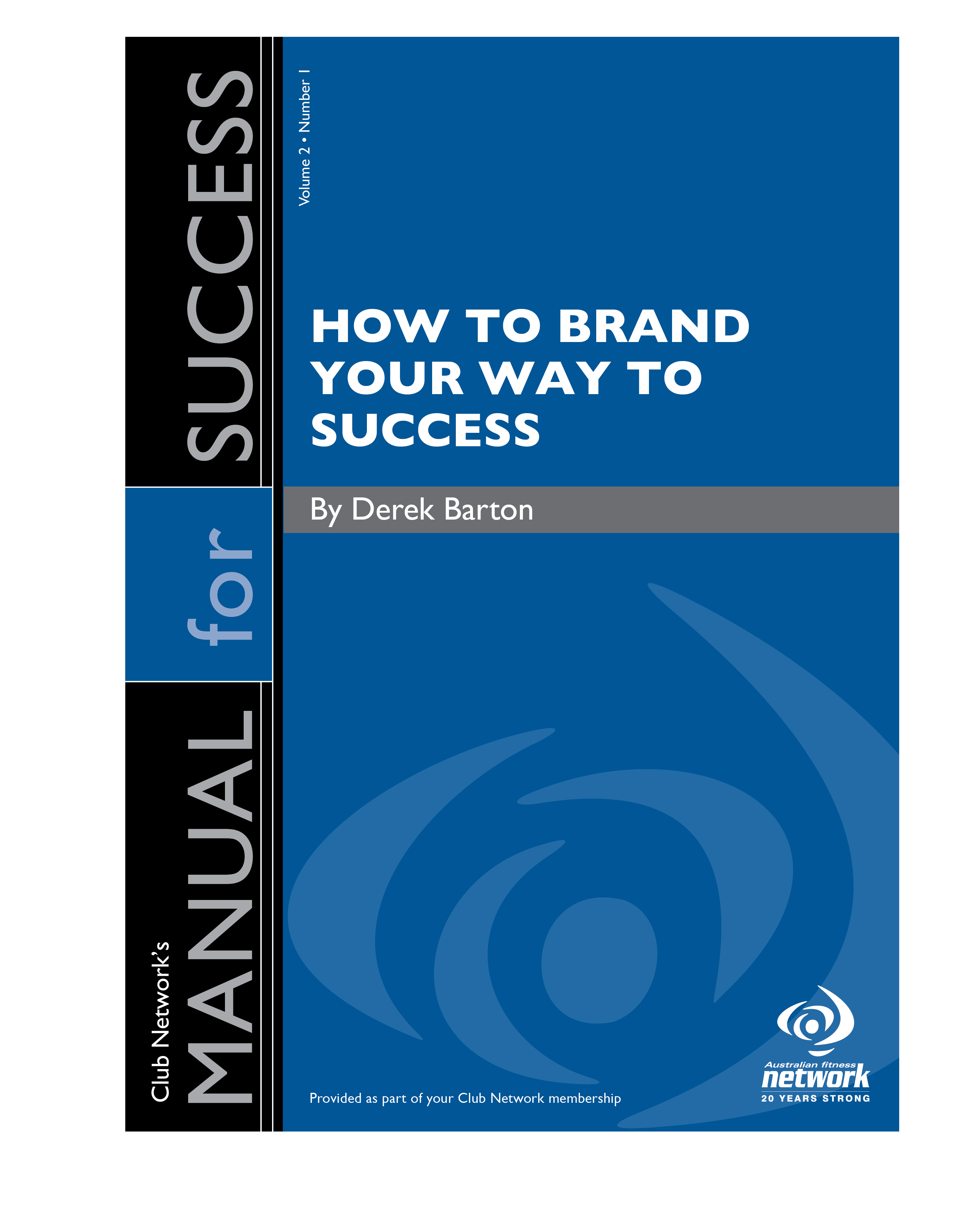Good branding, advertising and customer service are what allows us to know the heart of a company even if we’ve never met the owner. If I don’t get that emotional connection, you’ve lost me. It’s like an ad with an asterisk.
We consumers understand those asterisks as well as the other marketing tactics used, but we don’t like them. “Act now!” “Hurry, last chance!” “Your mileage may vary.” “Guaranteed or your money back, except for re-stocking, postage and handling fees.” “Batteries not included,” “Consult your physician if your erection lasts for more than four hours.” Yeah, right.
There is supposed to be truth in advertising, but companies, like people, stretch the truth. It’s hard to know who to believe. My uncle, a world-renowned criminal interrogator, once said, “Lying has been around a lot longer than telling the truth.” So have advertising, branding and customer service. Think about it. Picture, if you will, back in the Stone Age, Og coming out of his cave. He sees a cave woman (a potential mate) with another caveman who is trying to win her over. What does Og do? He beats his chest. He flexes his muscles. He shakes his long hair, and brags that he is the better man! This is called Advertising.
To further demonstrate that he is the right choice, Og goes out and slays a brontosaurus (or hopefully something a little smaller) and drags it back to his cave. He invites the cave woman to have dinner with him. She figures, why not, it’s a free meal and she has nothing to lose. This is called the Offer, a good offer that gets the potential mate into his cave.
Og puts on his favorite loincloth and combs his hair with the skeleton of a pterodactyl. He has cleaned and decorated his cave to impress. The pictures he has carved onto the walls of his cave represent him and his achievements. They may be a little exaggerated, but it makes the entire cave look more interesting and…inviting. This is called Branding.
Once the fetching young prospect arrives at his humble cave, Og goes out of his way to be on his best behavior. He proudly gives her The Tour of his cave to show this potential mate all the great things he has to offer her. He points to the pictures on the wall and explains the stories behind them. He urges her to try out his favorite chair, the one upholstered in saber tooth tiger hide. She is intrigued. He saves the best for last, his bed. He urges her to lie down and feel the soft feathers from the local Diornis bird. She is impressed, especially when he lays a warm woolly mammoth pelt over her. Og takes her by the hand and walks her back to the dining room. He seats her at his hand-carved stone table with the best view of the valley below and some of the most amazing creatures running and flying by. He lays out a sumptuous feast and gives her the best experience she’s ever had. This is called Customer Service.
As much as we would love to think Og and his mate live happily ever after, I would say once she moves in with him, he no longer goes out of his way to make his cave as attractive as he did when he was trying to win her over. I’m sure, like most cavemen, he doesn’t think it is important enough to continue to romance her and give her new experiences to keep her interested. I’m sure he feels that what he is currently doing is enough to satisfy his mate. She seems happy, and yes, she complains occasionally, but overall, he doesn’t feel it’s necessary to invest any more time and resources to make his cave any better. This is called Complacency.
From this simple analogy you can see the roles branding, advertising and customer service have played since the beginning of man.
Marketing guru Jay Abraham once said, “If you want to increase your business by 10%, find someone in your industry that is highly successful and emulate them. If you want to increase your business by 100%, find someone outside your industry that is highly successful and emulate them.” I agree, which is why in my seminars, I use illustrations of well-known brands from outside the fitness industry.
Now, as a case in point, movie theatres have had to wise up and give us even a better experience than they once did since they know we can now set up our own home theatre with a big plasma screen and earthquake-simulating surround sound speakers. In the Landmark Theatre near my home in Los Angeles, they not only offer stadium seating, but you can pick out your own seat on-line. Plus, once inside the theatre venue, there is a bar/restaurant where you can order a cocktail and take it into any of their 13 theatres. And, one of the theatres has nothing but couches and lounge chairs. With microphone in hand at the start of each movie, the young, energetic staff greet you and tell you a little bit about the movie and who’s in it, just like a Hollywood premiere. It is absolutely the best theatre experience in town, including my own theatre room at home. This is called Differentiating Yourself from the Competition.
How are you making your health club a better experience so that people come into your gym instead of training on fitness equipment in their own home? This was the challenge facing Howard Shultz when he thought of his Starbucks concept. How can I stop people from making coffee in their own homes or stop them from buying it from those cheap places down the street? As Howard will passionately tell you, his brand is not about the coffee, but the experience – it’s “Theatre!”
Howard Schultz produces a consistent experience in all his Starbucks locations around the world. Do our health clubs have that consistent, intimate, feel-good atmosphere? The answer too often is no, which is why we struggle to get new members into our clubs.
In the health club business, as with fitness equipment manufacturers, the focus over the years has been on driving down price in order to obtain more customers. Yet 85% of Americans still have not joined a health club. If price is really the driver most on the consumer’s mind, then that statistic should have dropped dramatically by now, since we practically give away our memberships these days. Yet the number remains static. We need to take a different tack, one that emotionally connects with our target market.
As I have said for years, only one competitor can be the cheapest, the others have to rely on strengthening their brand.
Now more than ever, in this tough economy people want value for their hard-earned money. We all pay higher monthly fees for our phone, cable and satellite services than we pay for our health clubs. More people spend more money and more time in coffee houses than they do in health clubs. People are obviously willing to pay for perceived value. If we are giving it away, what is it really worth?
We have the best product and service on the planet, yet other products and services outside our industry consistently outsell ours, which only means to me that, we don’t know how to sell what we have.
Remember Og.

